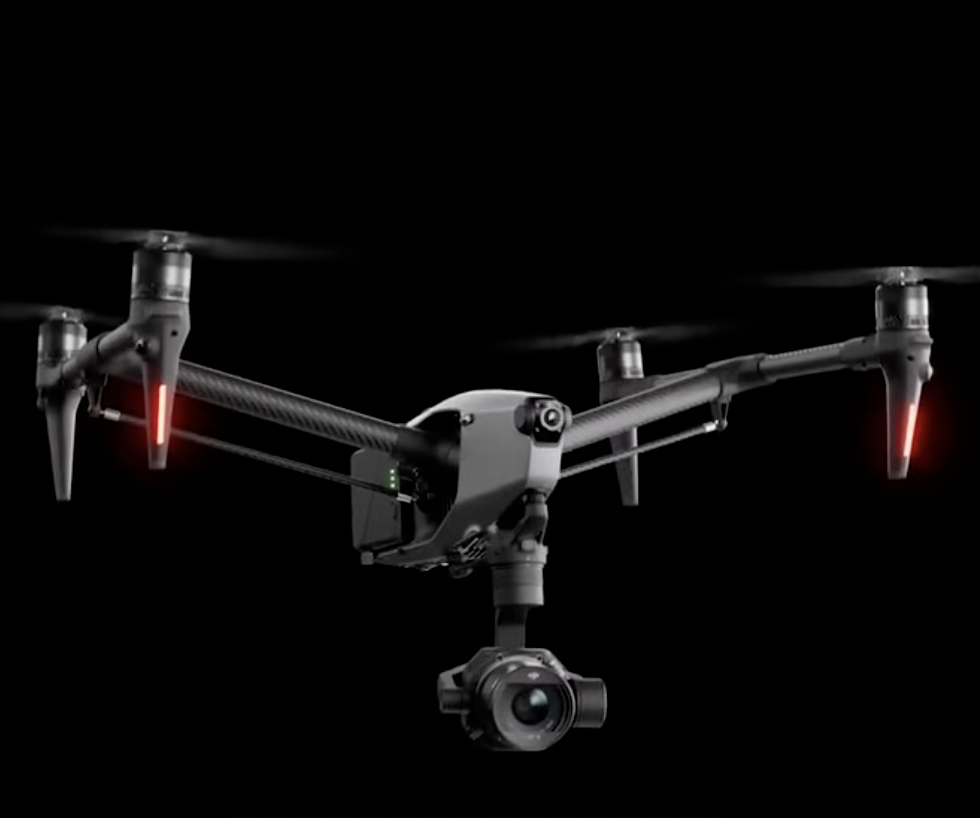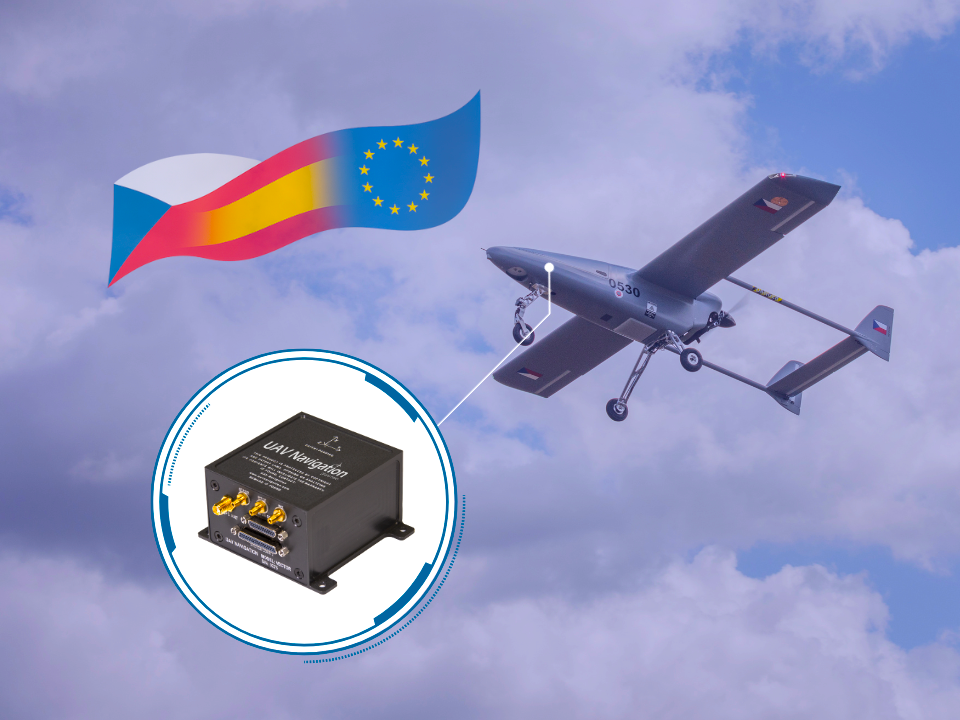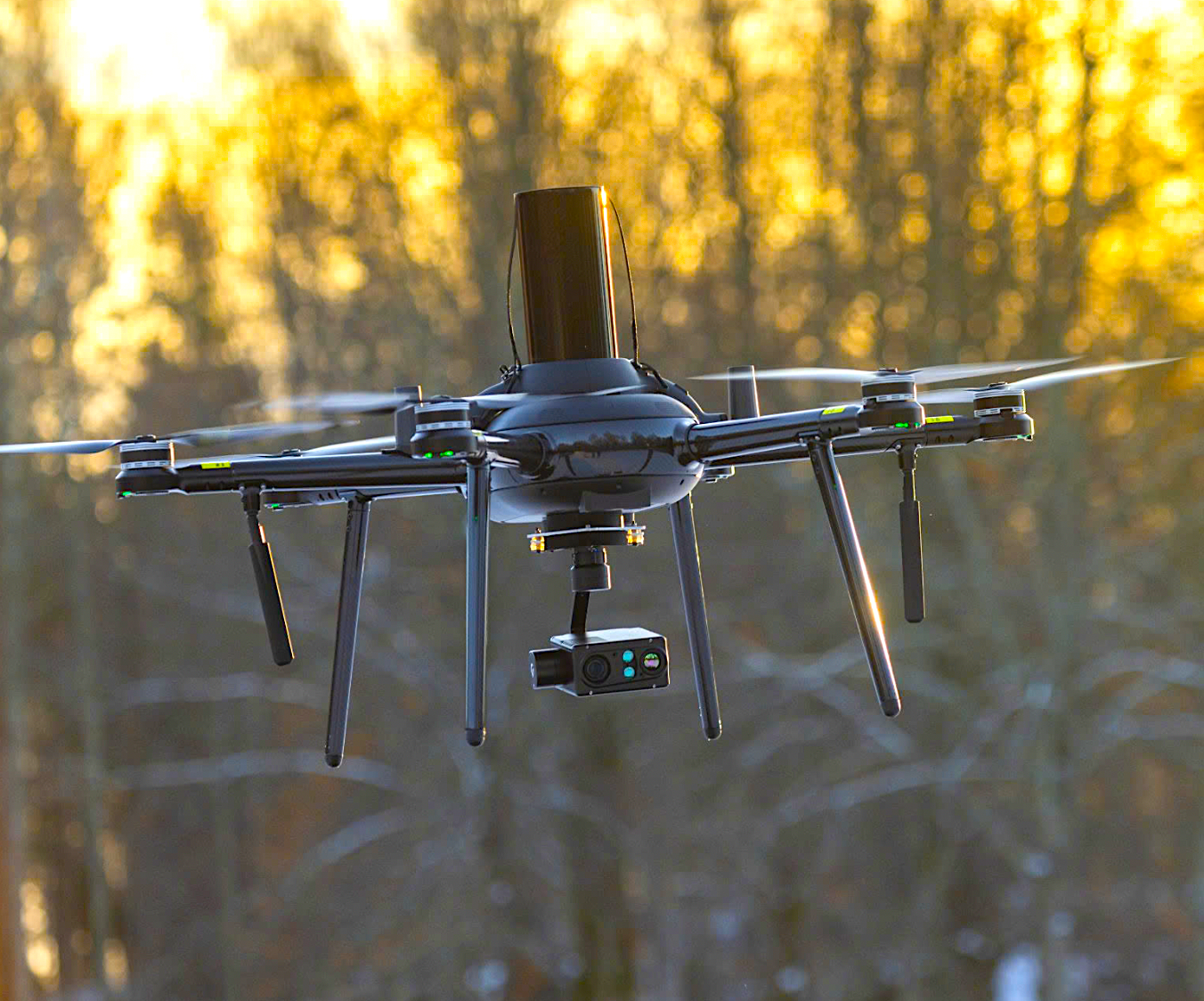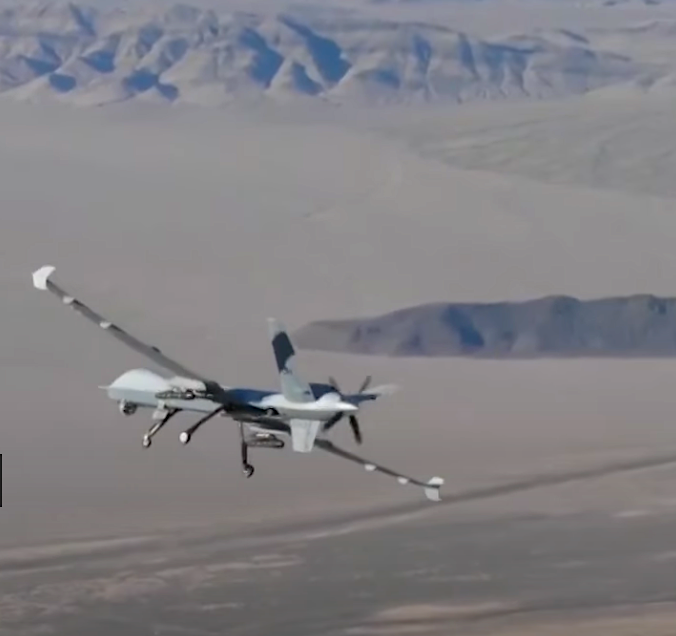Featured NewsHalo Drives the Future of BVLOS Ops
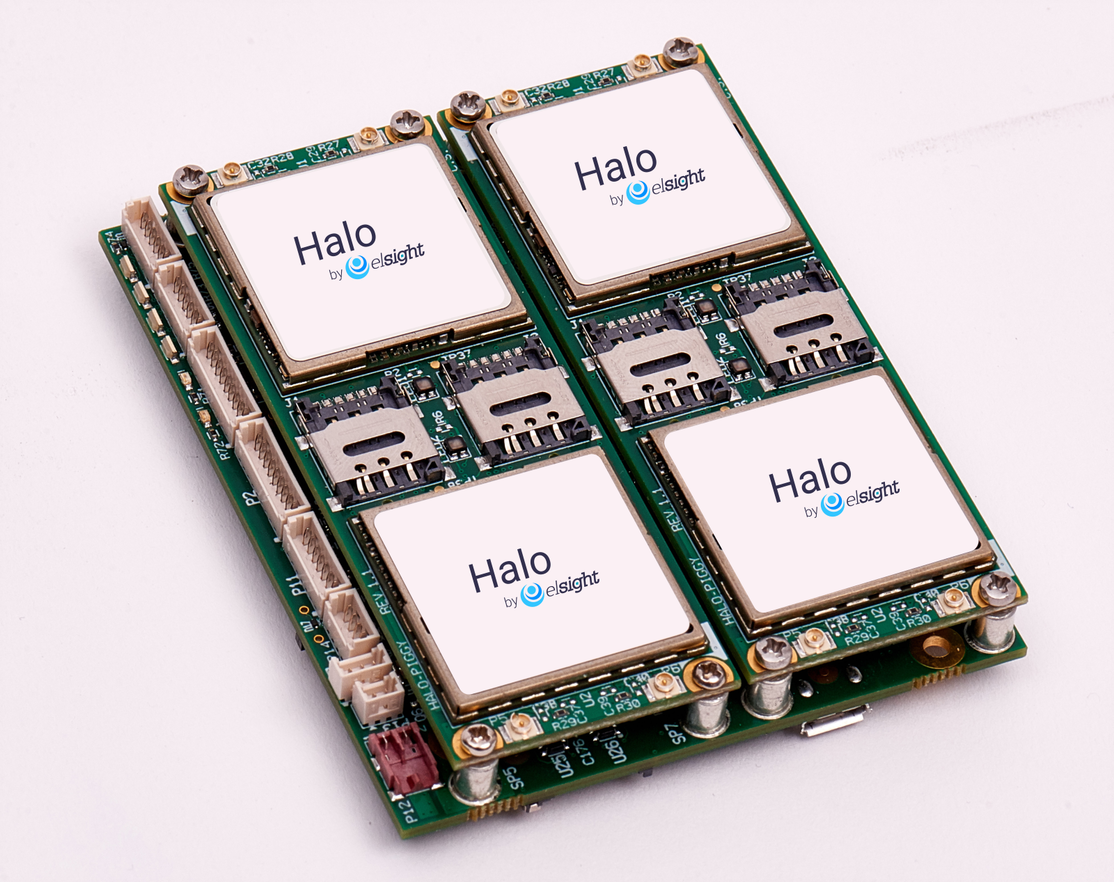
When you decide to embark on drone BVLOS (Beyond Visual Line of Sight) operations, you’ll quickly find out that, no matter the mission, every drone requires several key components to operate properly: Optimal SWaP (Size, weight, and power consumption), a flight computer, a mission planner, and a connectivity solution.
SWaP is required to complete long-distance missions. Mission planner to optimize the mission and take into account all the environment conditions pre-flight and during flight. The flight computer and a connectivity solution are the unique factors which will determine how successful your drone is in flying BVLOS missions.
Enter the Elsight Halo.
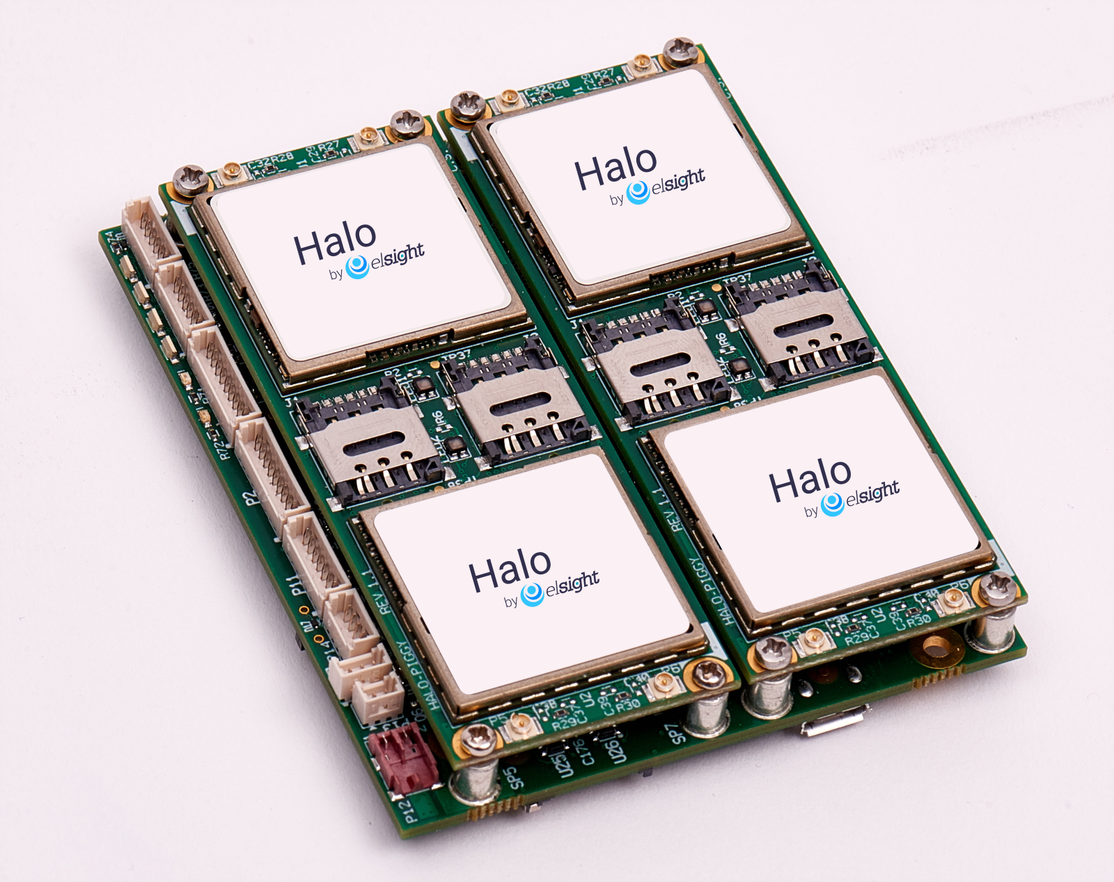
Halo is a credit-card sized device that provides unparalleled connection confidence for drone BVLOS operations. Halo can take up to four mobile networks, SatCom and RF communications, and bond them into a single, secured C2 VPN link between the drone and the ground station—complete with data redundancy.
In essence, Halo is like connecting a virtual LAN cable between the drone and the controller, with an unprecedented 99.8 percent continuous uptime.
How Did It All Begin?
In 2009, two veterans of the Israeli Defense Forces founded Elsight. In its first iteration, Elsight was focused on audio and video transmission, with a large number of clients in the Israeli security ecosystem, including the Israeli Defense Forces, Israeli Police, the Israel Security Agency, Israel Aerospace Industries, and others.
After a decade of successful operations in this field—which included a successful IPO on the Australian Securities Exchange (ELS:ASX) in 2019—Elsight chose to pivot away from the world of defense and homeland security. Basing on their foundation of experience with transmitting uninterrupted audio and video transmissions—as well as Elsight’s proprietary “6th Sense” AI-powered connectivity solution—the Elsight Halo was born.
Today, Halo is used by more than 50 drone operators and manufacturers around the globe, including large and well-known names such as DroneUp in the United States, as well as many others in Europe, Canada, Latin America, Africa, Asia, and Australia.
Connection Confidence
As outlined above, Halo is able to aggregate numerous mobile networks and other forms of communications into one secured network pipeline.
The data is broken down into packets, which are then duplicated and sent down multiple paths over the Elsight cloud, where the data is recombined with zero-loss of packets, creating a comprehensive whole that never loses any of the information sent over the network connection—whether it be sensor, telemetry control, or otherwise.
This is joined by the 6th Sense technology, which monitors the strength of the network multiple times per second, automatically balancing traffic among the bonded networks to the links that are most ideal for the drone’s particular requirements and per the link’s capacity. Halo and 6th Sense can also choose networks based on preferred network, minimum bandwidth, or any other custom preference determined by the drone operator.
This powerful functionality provides the redundancy essential for long-range drone operations, while avoiding the traditional failover which requires a network to drop or lose connectivity before switching to a new network.
There’s more...
In addition to the connectivity solution provided by Halo—which provides any BVLOS drone operator with the security to know they will remain connected to their UAV at all times—Halo comes with a number of other features onboard, each of which provides the Halo user with an added benefit without increasing the SWaP profile of the drone.
Broadcast and Network Remote ID
By September of this year, drone manufacturers must comply with the FAA’s final rule requirements for them, and by September of next year, all drone pilots must meet the operating requirements of part 89. For most operators this will mean flying a Standard Remote ID Drone, equipped with a broadcast module. Halo supports Bluetooth and cellular network Remote ID, and is currently working on implementing Wi-Fi. With Elsight’s Halo you will be ready with a Remote ID solution well before the compliance date comes into effect. While others may “remember” to implement Remote ID on their drones as the compliance date approaches in order to implement Remote ID onto their drones, manufacturers and operators using Elsight’s Halo will not have to worry.
5G Support
5G is the 5th generation of mobile-cellular communications, poised to eventually take over from 4G as the dominant method. 5G brings massively increased connection speeds with theoretical maximums 100 times faster than 4G, supports a much larger density of unique devices (a critical component of enabling UTM in the future), and has a much-reduced latency compared to 4G.
All of these combined can help drone operators keep pace with the ever-growing amounts of data generated by modern high-resolution cameras and sensors, and will also allow them to take advantage of data processing on cloud servers. Combined with the increased capacity of unique device density, this could facilitate drone-swarm operations at a scale that has previously been unheard of. Halo supports both SA and NSA 5G services, meaning that as drone manufacturers are ready to take advantage of everything the 5G rollout has to offer, Halo will be right there alongside them providing support.
Real-time Hyper-Accurate GNSS
Working with a partner running their software on the Halo through a dedicated API, Halo offers a cost-effective, robust and precise positioning solution with no additional hardware or software requirements, and with cm-level accurate results on the ground. The hyper-accurate GNSS operates in both urban areas and open-sky environments, and has zero-latency positioning, as well as instantaneous precise positioning that eliminates convergence time.
The Future of BVLOS Operations
When looking towards the future of the BVLOS drone industry, we come to the realization that BVLOS is about much more than just flying beyond the visual line of sight, and it includes two major industry goals:
• The ability to take off, operate, and land the UAS outside the visual line of sight without requiring it to be led by a trained pilot (i.e.—“waving a red flag”).
• Enabling a single operator to supervise and control multiple UAS simultaneously from a Drone Network Operation Center.
BVLOS operations coupled with use of a DNOC (Drone Network Operation Center) will exponentially increase the possible UAS applications along with the distance. Agricultural operators will be able to cover fields that are tens or hundreds of acres in size with many UAS at once. Utilities operators can simultaneously use UAS to inspect miles worth of cables or pipes. Retailers and fulfillment centers can carry out greater numbers of efficient mid-mile or last-mile deliveries.
These are just a few of the use cases which are made available to the drone market once operators can take full advantage of flying their drones beyond the visual line of sight.
The Halo is the tool that enables these goals and brings them to reality. With Halo and Elsight’s cloud management platform, an operator can pilot hundreds of drones from any spot on the planet with ease, with each drone broadcasting its ID and knowing its precise location to within a few cm.
Halo is the fulcrum upon which the future of BVLOS drone operations can be catapulted into reality, as Elsight’s more than 50 customers can attest. These customers also include DroneUp, which has embarked on their second phase of a national rollout of a drone delivery program with one of the world’s largest retailers. As the BVLOS drone industry continues to grow and thrive, Elsight and the Halo will be there supporting and growing alongside.
WATCH A NUMBER OF AUTONOMOUS DRONES OPERATING BVLOS



